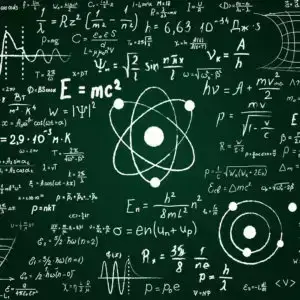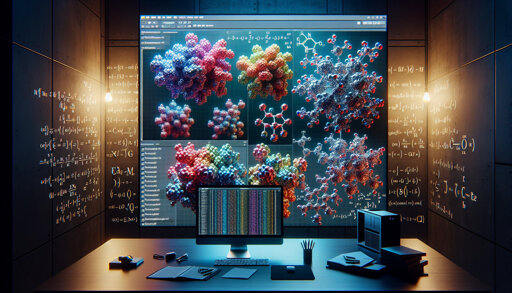Their findings, published in the Journal of Holography Applications in Physics, go beyond simply suggesting that we’re not living in a simulated world like The Matrix. They prove something far more profound: the universe is built on a type of understanding that exists beyond the reach of any algorithm.



You’re making a few assumptions there which aren’t necessarily true. Firstly, that U0 obeys the same rules of physics and reality that we do. They might be orders of magnitude more complex, the same way that a Sims game is a vastly simplified version of our world.
Secondly, that time is progressing at the same speed in both universes. It’s possible to simulate an even more complicated universe than the base layer, provided you don’t care about the frame rate. It could take a year in U0 to simulate a minute in U1, and so forth, and we wouldn’t notice it.
A couple other possibilities, which don’t come to mind right now
There’s a book be Greg Egan called Permutation City which postulates something similar to this.
There exists a simulation. It works well but, due to the unbelievable complexity it runs something like 10 times slower than the real word.
They do a series of experiments on someone in the simulation. They count to ten a number of times and ask him if he perceived anything unusual. He didn’t. But what happened outside the simulation is that they did the computations for the simulation in various different ways. They parcel out the data in all kinds of ways and, for example, send different packets of data to different locations in the world, process it in each different location and then send it back and recompile it. Or they run the data packets in reverse temporal order before recompiling them.
Since the guy in the simulation didn’t notice anything unusual, they determine that time and space is irrelevant when it comes to processing the data of a simulation, at least to the people in the simulation.
So, either through some very clever realistic physics that i didn’t pick up on or, as is far more likely, some science fiction hands-waving, they decide that you can treat every point in space and time as a bit and the presence of matter as a 1 and the absence of matter as a 0. And you can then consider them one giant stack of code and data and how far each point is separated in time and space can be ignored, and therefore you can use all of time and space as one computer and run an effectively infinitely large simulation with it.
It’s a pretty silly idea, but also a clever one. And it makes for a good story.
I’m not sure about this. Our current universe is 13 billion years old. At one year to one minute, that would take over 6500 trillion years to simulate (I think).
The solar system will only live another few billion years or so. All the stars in universe will burn out in around 100 trillion years. So it would probably not be possible to run a simulation for that long.
You’re mixing up nightmares now lol
Yes it’s true that everything we perceive could be fake, when I turn my head to the left, the world that I was looking at before could disappear. That’s not a new paranoia, it’s been around for literally hundreds if not thousands of years.
The simulacrum hypothesis is a little different in that it tries to bring it up to date, and use statistical principles to show that our universe is very unlikely to be real.
The idea is that at some point, a life form will create machines so powerful that they can simulate the entire universe in a way that is indistinguishable from the real universe. There is a real universe in this vision, and it functions very much like the universe which we ourselves inhabit. We are not special in our simulated universe, just like the beings that do live in the real universe are not special. That is, every part of the universe exists in every simulation just as it does in the one real universe. By saying no beings are special, I mean that there are no shortcuts to fool one being (or group of beings) into thinking the universe is more complete than it really is - the entire universe is fully simulated.
You’re assuming that:
I’m afraid you didn’t understand what I wrote.
If it were to take 1 year to render each minute, it would take 6500 trillion years to simulate the universe from the big bang to now. That is, the parent universe which is running our simulation must run it for an impracticably long time.
As for your other point, yes each simulation has to be a similar universe to the one we ourselves live in. Only that way do you end up with vastly more simulated universes than real universes, and the conclusion that statistically we must be living in a simulated universe and not a real one.
If you don’t have that part, then you do not have anything more compelling than Descartes’ age-old nightmare that an evil demon could be deceiving us about everything we perceive.
I understood that. I’m pointing out that you’re making an assumption that trillions of years is an ‘impractically long time’. It is to us, but there’s no reason it would be to another universe. Assuming time even works the same way and isn’t just a cool thing they came up with for this simulation.
Firstly, the current discussion isn’t about the probability of us living in a simulation. It’s about whether it’s possible to begin with.
Secondly, ‘each simulation has to be a similar universe to the one we ourselves live in. Only that way do you end up with vastly more simulated universes than real universes’ is in itself another assumption that doesn’t necessarily hold true. The only thing the simulated universes need to have in common is that they contain sentience intelligent enough to continue the chain of nested simulations. The physical rules governing each simulation might be wildly different.